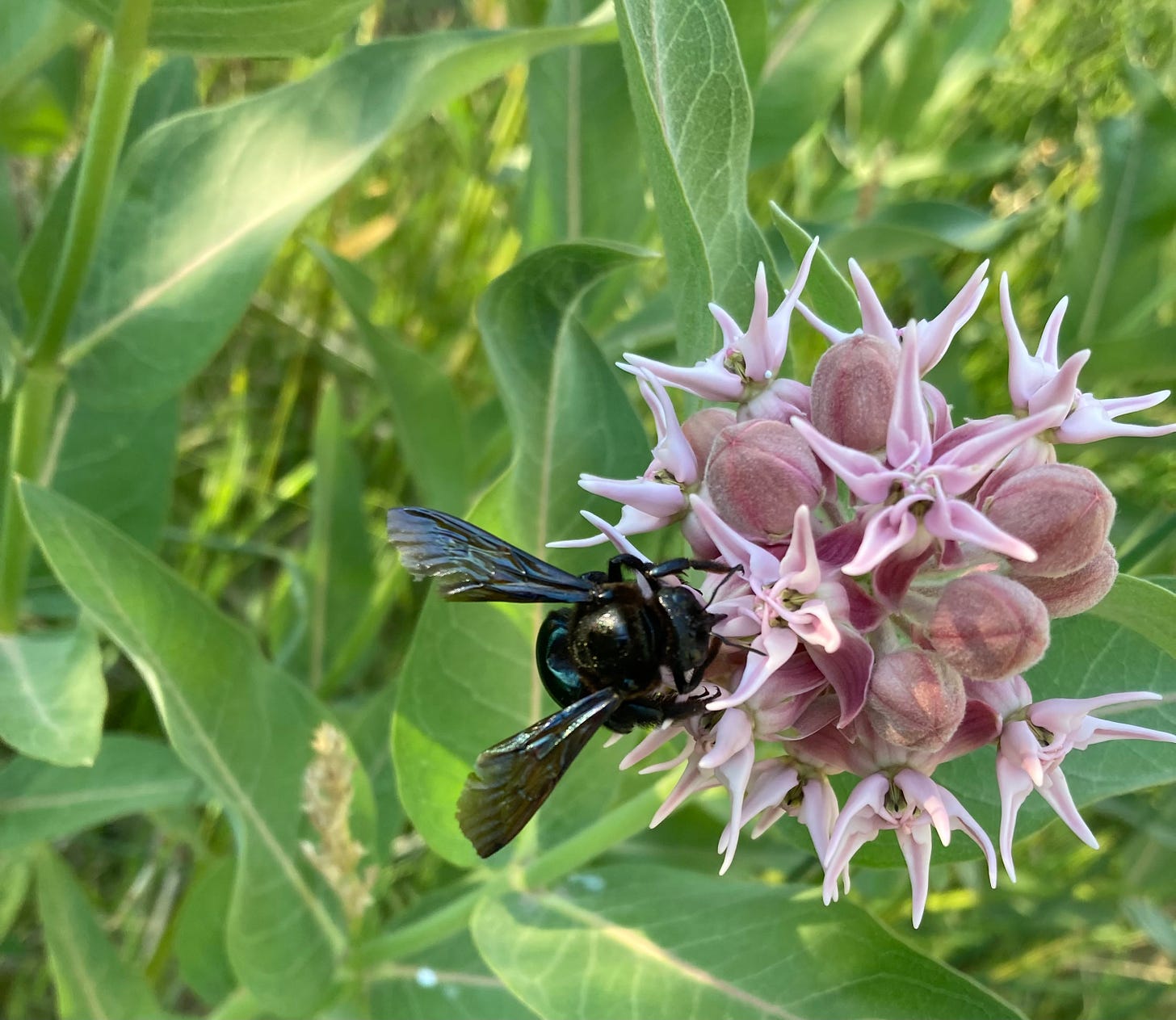Friday tidbits: GSENM Intertribal coalition; mining order hits the ground; electric railway; reading room
🌵 Public Lands 🌲

President Barack Obama designated the Bears Ears National Monument in 2016 at the urging of a coalition of five tribal nations: The Hopi Tribe, the Navajo Nation, the Ute Indian Tribe, the Ute Mountain…
Keep reading with a 7-day free trial
Subscribe to The Land Desk to keep reading this post and get 7 days of free access to the full post archives.

